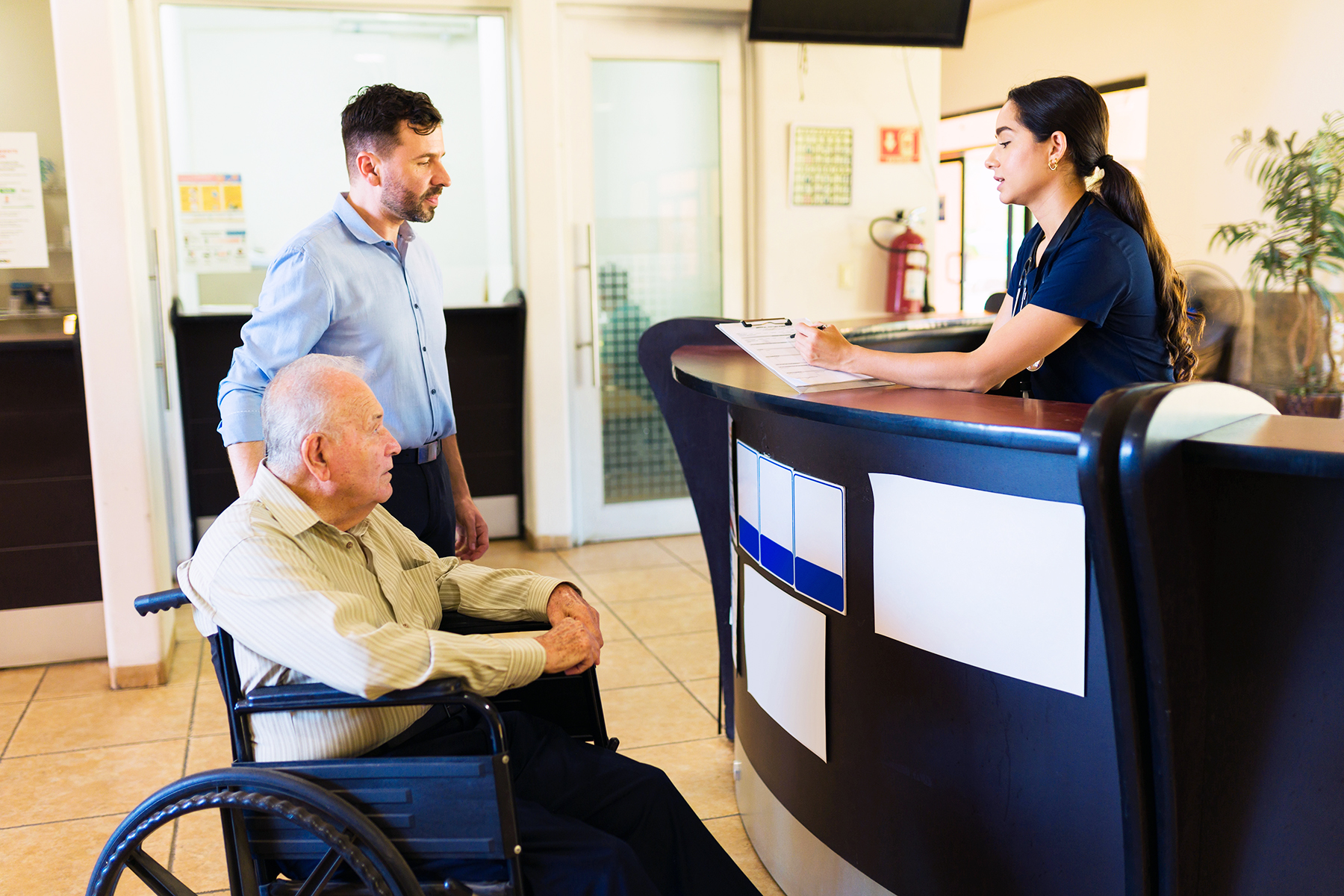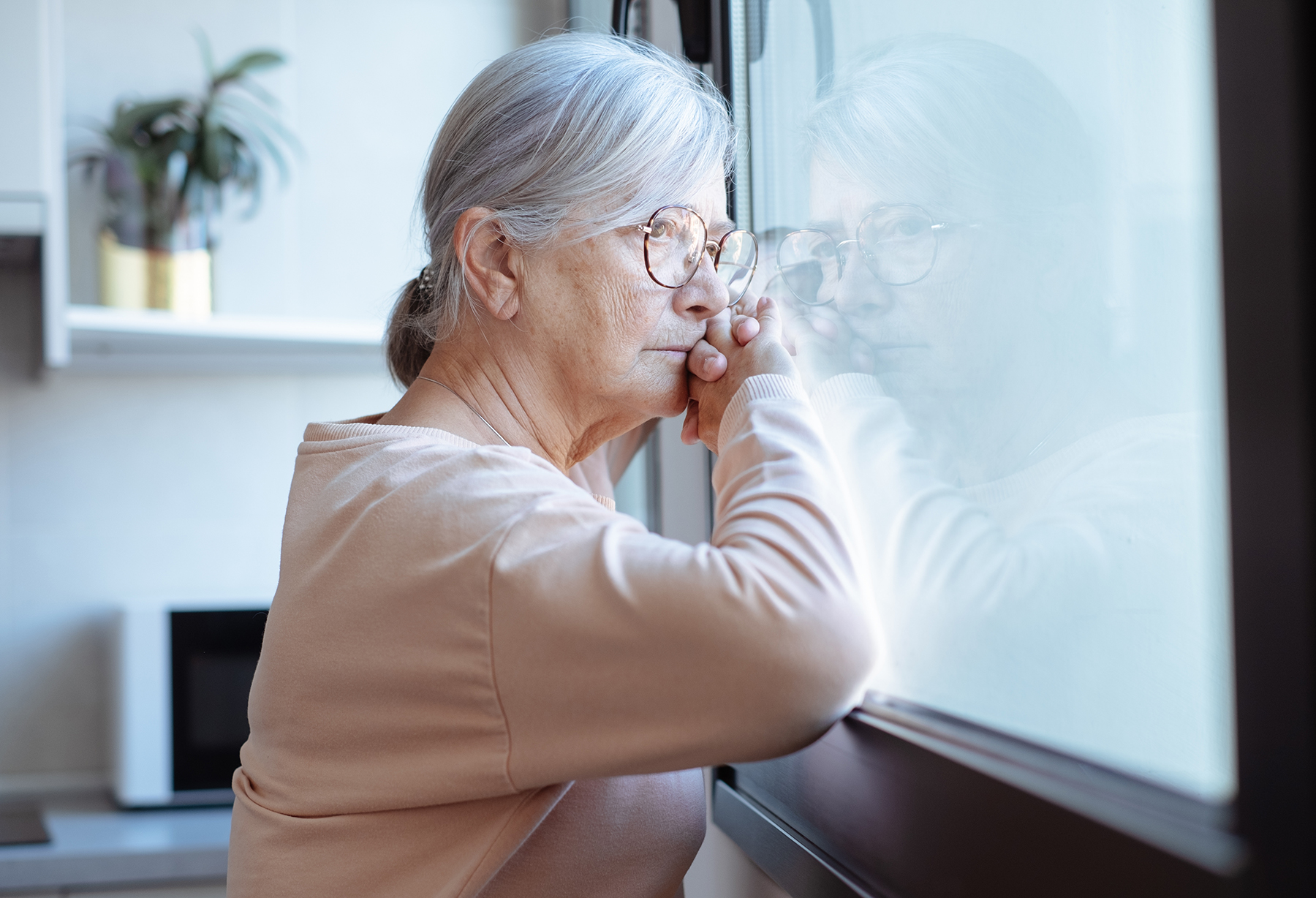
As many of us know, it is very typical that many of the residents in a LTC facility often want to bring in their favorite recliner. Many of these electric recliner chairs have a function which assists in helping a person go from a sitting position to a standing position. (Who wouldn’t want the help to stand up once in awhile!) While this sitting to standing function may often be appropriate, when they admit to a facility it also may serve as a significant safety concern. Recently, while assisting a facility, it was noted that they had been surveyed and given a citation for failure to assess for the use of an electric lift recliner chair.
Assessing the safe and appropriate use of an electric lift chair falls under F689, which requires that the facility must ensure:
The resident environment remains as free of accident hazards as is possible; and each resident receives adequate supervision and assistance devices to prevent accidents.
“Supervision/Adequate Supervision” refers to an intervention and means of mitigating the risk of an accident. Facilities are obligated to provide adequate supervision to prevent accidents. This determination is based on the individual resident’s assessed needs and identified hazards in the resident environment. Adequate supervision may vary from resident to resident and from time to time for the same residents.
A powered recliner may be considered a physical device which may be used by or for the care of a resident to promote, supplement or enhance resident’s function and/or safety. To ensure the residents’ safety, it is recommended to have this device included in your physical device assessment and ensure that it is appropriate for use and added to the plan of care.
> Cognition
The resident’s cognition needs to be addressed as well as the proper understanding of use of the chair controls. Too many times a resident can end up in compromising positions both in the chair and launched out of the chair with inappropriate use of the controls. Use therapy to assist in cognitive and physical evaluations as able.
> Documentation of Return Demonstration
Document that the resident demonstrated the appropriate use chair. Screen the resident with any change in condition and quarterly to ensure safe use.
Consider use of a consent for use which outlines all the risks. Some facilities choose to not allow due to the significant risks the chair poses.
> Audit
It is recommended that an audit of all recliner chairs are performed in every facility. Some facilities have merely unplugged the chair when not in use – unfortunately this can end up as a hazardous situation. For example; if the chair control is left plugged in by accident while the facility staff elevates the resident’s lower extremities.
If an electric lift chair is used, ensure they are routinely audited for safe use and according to the resident plan of care.
> Educate
It is important to educate the resident, family and/or representatives of the potential hazards of the electric lift chairs on admission. Some facilities have chosen to only allow manual recliner chairs.
The use of the electric reclining chair and any physical device is recommended to be reassessed per your RAI process to include annually, quarterly and significant change assessments per the RAI process to ensure the device remains appropriate. If the resident has cognitive impairment, you may also want to consider partnering with your therapists to assist in the assessment for safe use. The assessment findings may be that the resident is safe to use. If not, there may be alternative recommendations for a manual recliner or eliminating the use of the electric lift option on the recliner. As with any physical device, the facility must ensure that it is
not being used to restrain the resident and that all physical devices used for the resident are safe.
Kris Ross, RN
Director of Clinical Services






















